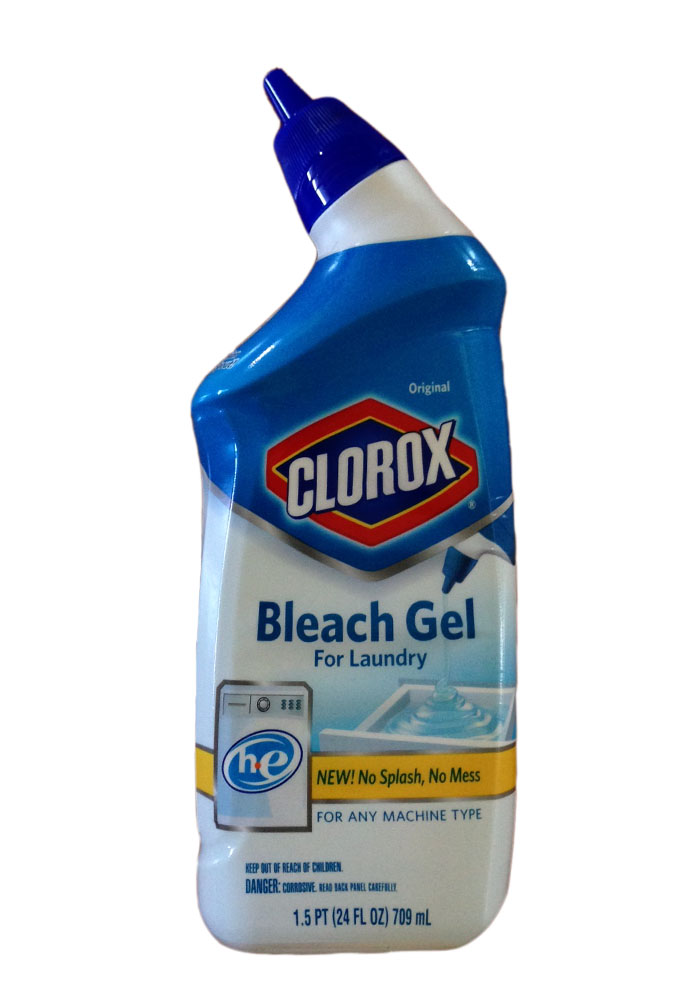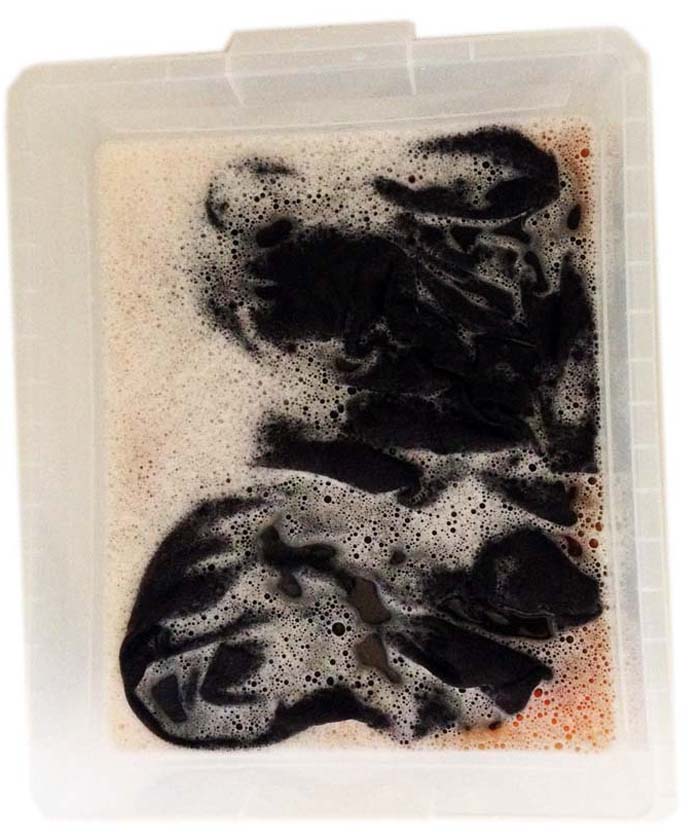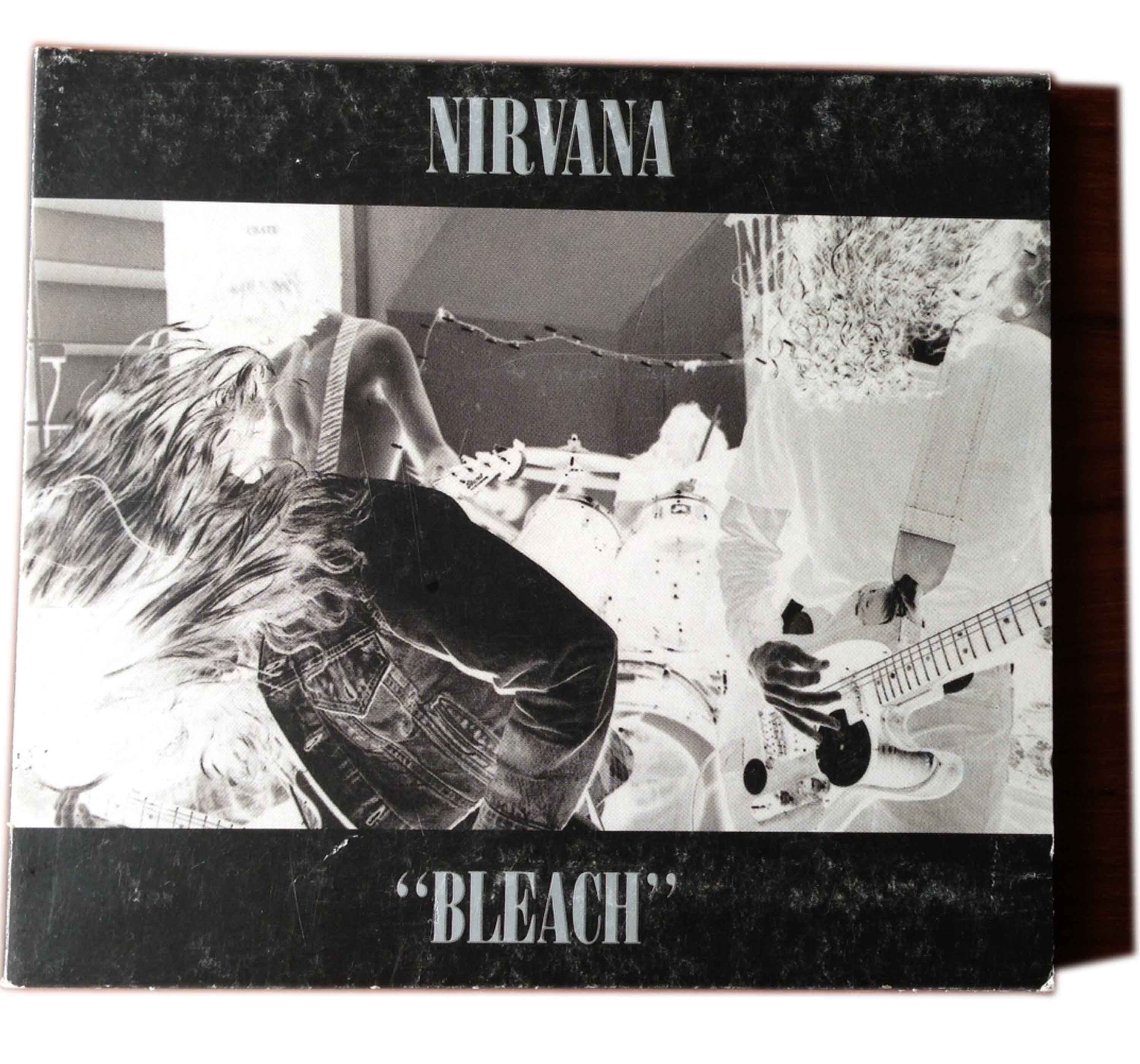Backstory
I made about 15 of these Flying Gullotine WuBird sweaters. They were printed black on dark grey so the logo was subtle, revealing itself in sunlight and hiding in shadow. I sold them for around 30 bucks plus shipping and the resulting, staggering, profit is waiting to be reinvested in a vague coagulation of ideas I generally refer to as, “The Next Phase”.
I didn’t go particularly hog-wild on promoting their existence but slowly, steadily, the Flying-Gullotine sweaters did their thing. There came a point when there were only 5 left (you can crunch those numbers on a mere three hands).
At that point I thought, “I’m over this dark-print-on-dark-fabric shit”. Time for bleach! The question was: how will these heavily dyed cotton/poly blend sweaters react to bleach?
According to multiple web sources polyester reacts poorly to chlorine-based bleach. Some of the sites say it will cause the polyester fibres to become brittle and turn a putrid shade of yellow. I dismissed this as petty fear-mongering and color-shade chauvanism. The care label on the sweaters also clearly states “NO BLEACH” but this was no time to be discouraged by oppressive rules on tags; chlorine-based bleach was what I’d already bought from the shop. 
The worst thing that can happen, I imagined, is that the sweater melts or disintegrates and that would be something worth seeing.
Method
Emboldened by the willful disregard of caution signs I squeezed about a quarter bottle of Clorox laundry bleach into a shallow plastic tray and filled it up with enough water to more or less cover the sweater, gently swirling the solution to ensure an even mix.
CAUTION! BLEACH IS CORROSIVE.When messing with it please:-
- DON’T SPLASH IT IN YOUR EYES.
- Wear some rubber gloves.
- Don’t drink it.
- Don’t throw it.
- Don’t mix it with other household chemicals, especially anything acidic as you run the risk of releasing noxious chlorine gas via molecular vandalism.
I pushed the sweater down into the bleach solution slowly, so as to avoid splashes to the face. I folded it in, first one way, then another, turning it, unfurling any creases in the sleeves. I’m going for an even colour treatment here, not tie-die. I’m wearing rubber gloves. I left the sweater to soak for at least 2 hours. Every 15 minutes or so I’d move everything around and refold the sweater differently to ensure even uptake of bleach water. I rinsed it in the shower, squeezing and kneading the crap out of it, poured everything down the plughole and threw the sweater in the washing machine on a cold cycle to evenly kill the process. Then, when it dried and I realised that it looked the same as when I started, I repeated the entire process one more time and hung the thing out to dry.
Result
The WuCrew sweater bleached to a variable chocolate brown

Analysis
Using a fairly dilute bleach solution gave some level of control as the reactions were less torrential. The polyester fibres were degraded to a perfect shade of putrid-yellow (an end result similar to what solar photons might achieve over a longer period following a slightly different chemical pathway). Luckily we are working with 60% cotton. The cotton is affected in a different manner and in this case the combination is a very acceptable shade of chocolate brown. It’s a winning result and the fact that the colour of rot is involved is a wonderful conceptual bonus since, of course, putrefaction is one of the underlying processes that sustains life on earth.








Thanks for some good information about cloth bleaching.